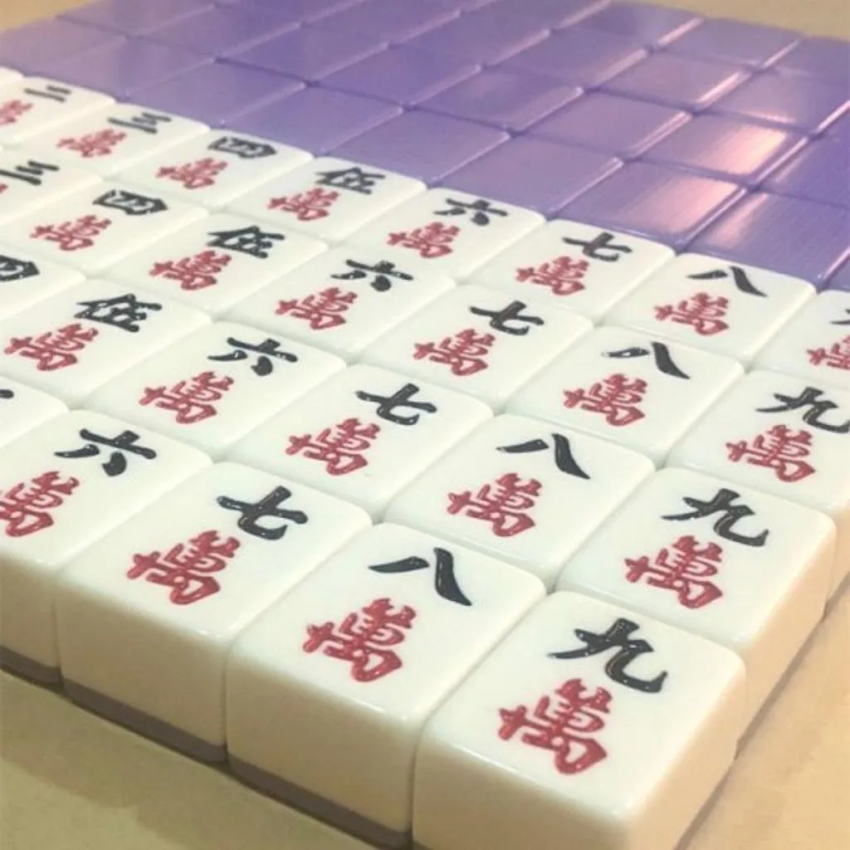Mahjong variations offer a fascinating glimpse into the diverse ways this timeless game is played across cultures. From the intricate strategies of Chinese Classical Mahjong to the fast-paced excitement of Cantonese Mahjong, each style brings its own unique flair. Additionally, Japanese Mahjong, or Riichi, introduces a set of rules that enhance the strategic depth and player engagement. As Western adaptations emerge, players find themselves enjoying a more casual approach without losing the essence of the game. Join us as we delve into the world of Mahjong styles and their rich cultural significance, perfect for both novices and experienced gamers alike.
When discussing the fascinating world of Mahjong, one cannot overlook the array of styles that have emerged over time. Often referred to simply as tile games, Mahjong includes notable variations such as Cantonese and Japanese Riichi, each embodying distinct gameplay mechanics and cultural nuances. The exploration of these alternative terms showcases the adaptability of the game and its ability to resonate with players around the globe. Whether you’re drawn to the traditional aspects of Chinese Classical Mahjong or the modern adaptations found in Western versions, understanding these different styles can enrich your playing experience. In this article, we will guide you through the key differences and appeal of each Mahjong variant.
Diving into Mahjong Variations: An Overview of Gameplay Styles
Mahjong variations showcase the rich tapestry of gameplay styles that have evolved across different cultures. Each adaptation, such as Cantonese Mahjong and Japanese Mahjong, brings its unique flavor to the table. For instance, while Chinese Classical Mahjong emphasizes complex strategies and deep understanding of traditional rules, Cantonese Mahjong offers a more approachable version that streamlines gameplay. This variety allows players from all backgrounds to immerse themselves in the game, no matter their skill level, promoting a broader appreciation of this classic pastime.
Moreover, navigating through these Mahjong styles can also enhance social experiences. The speed and thrill associated with Cantonese Mahjong make it particularly popular among younger audiences, while the strategic depth found in Chinese Classical Mahjong appeals to seasoned players. Japanese Mahjong stands out for its innovative mechanics, such as declaring riichi, which intensifies competition and encourages strategic play. By exploring these diverse variations, players not only develop their skills but also indulge in cultural exploration and connection with fellow enthusiasts.
Choosing the Right Mahjong Variation for You
With a multitude of Mahjong variations available, picking the right one can feel daunting for newcomers. For those just starting their journey, opting for simpler styles like Cantonese Mahjong is advisable due to its user-friendly rules and straightforward scoring system. This provides an inviting atmosphere for beginners, as they can grasp the essentials without feeling overwhelmed. In addition, experimenting with different Mahjong styles from Chinese Classical to Western Mahjong can help players discover what resonates with their playing style and preferences.
Furthermore, engaging with community groups can enhance your understanding of Mahjong and its various forms. By joining local clubs or participating in online forums, players can learn directly from experienced individuals, which is invaluable in mastering the game’s nuances. As you explore these diverse styles, consider your gaming preferences and the social dynamics they offer. Games like Japanese Mahjong introduce heavier strategic elements that may appeal to those seeking a competitive challenge, while Western adaptations promote a more relaxed gaming environment, perfect for casual get-togethers.
Frequently Asked Questions
What are the key differences between Chinese Classical Mahjong and Cantonese Mahjong?
Chinese Classical Mahjong is known for its complex rules and scoring systems, making it ideal for seasoned players who enjoy strategic depth. In contrast, Cantonese Mahjong simplifies some of these rules, promoting a faster-paced game that is more accessible for beginners. This variation emphasizes speed and quick decision-making, appealing to a broader audience while retaining the core elements of Mahjong.
How does Japanese Mahjong (Riichi) differ from other Mahjong styles?
Japanese Mahjong, also known as Riichi, introduces unique mechanics such as the riichi declaration, allowing players to announce their readiness to win. This adds a strategic layer not commonly found in other Mahjong variations. Additionally, Riichi incorporates a professional style of play, requiring players to utilize more complex strategies and hand encodings, differentiating it from the more straightforward rules of Chinese Classical and Cantonese Mahjong.
| Variation | Gameplay Characteristics | Cultural Significance | Best For |
|---|---|---|---|
| Chinese Classical Mahjong | Complex scoring, requires deep understanding of rules. | Represents traditional gameplay and values. | Seasoned players who enjoy deep strategy. |
| Cantonese Mahjong | Simplified rules, emphasizes speed and quick decisions. | Adapts to broader audiences while maintaining core elements. | Beginners looking for an engaging entry point. |
| Japanese Mahjong (Riichi) | Incorporates declares for strategic play and competitive style. | Reflects adaptability and unique gameplay features. | Players interested in a more professional play style. |
| Western Classical Mahjong | Modified rules and scoring tailored for a casual experience. | Promotes fun and social interaction rather than strict competition. | Western audiences unfamiliar with traditional gameplay. |
Summary
Mahjong variations are a fascinating exploration of a beloved game that transcends cultural boundaries. Each version, from the intricate Chinese Classical to the simplified Cantonese, offers players a unique perspective on strategy and chance. As we embark on the journey to discover Mahjong variations, it becomes clear that each adaptation not only modifies the game mechanics but also celebrates the cultural heritage and social interactions rooted in its play. These variations pave a welcoming path for newcomers and veterans alike, inviting everyone to engage with this timeless classic. So whether you’re hosting a game night or seeking a deep dive into the strategies, there’s a Mahjong variation that awaits your discovery.
